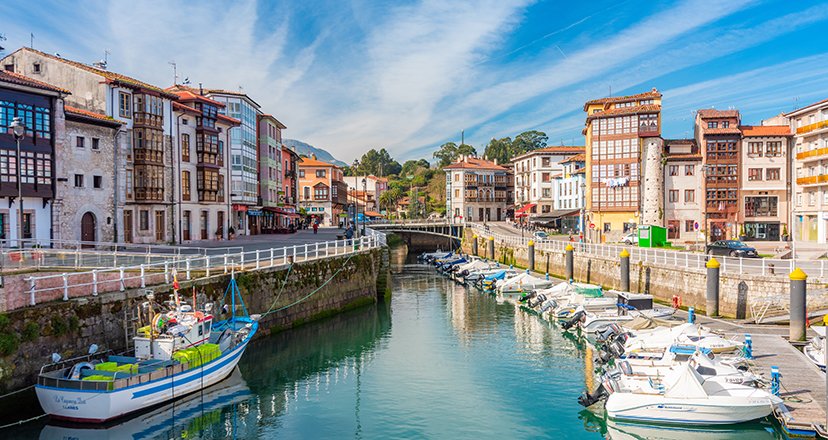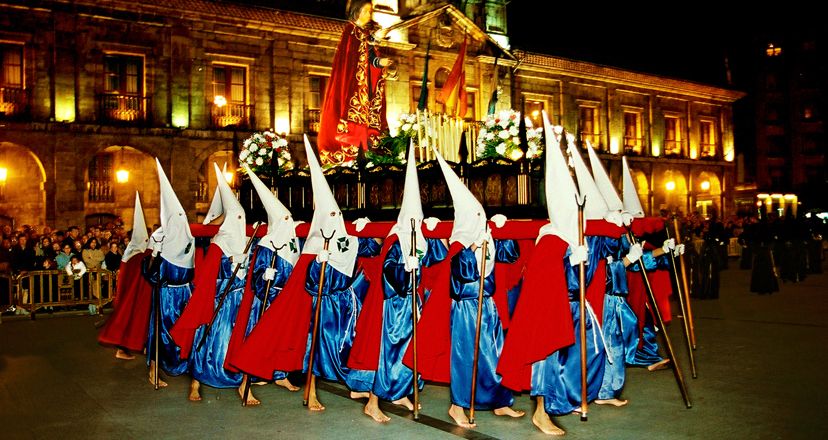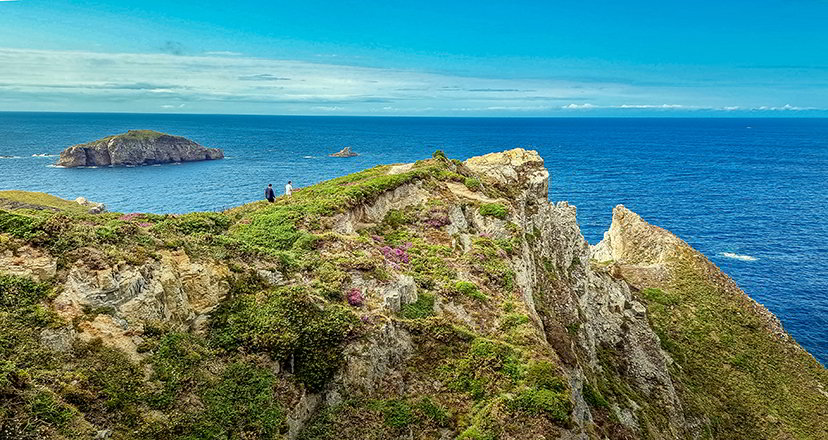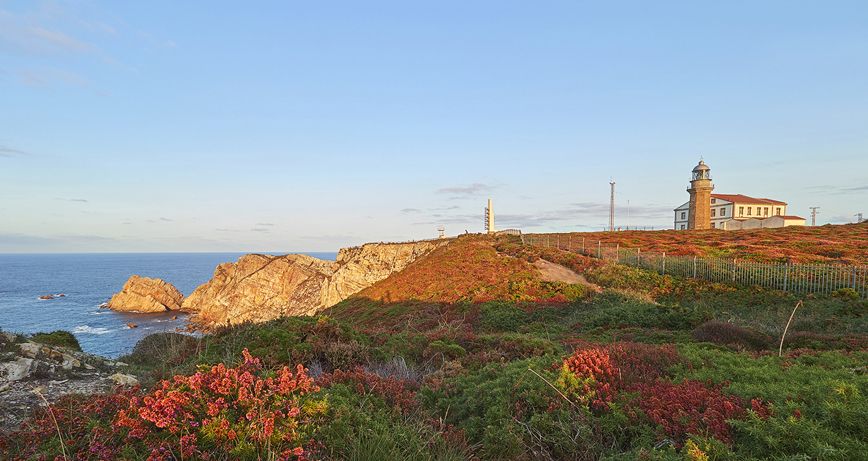Back Top 10 things to see and do in Avilés
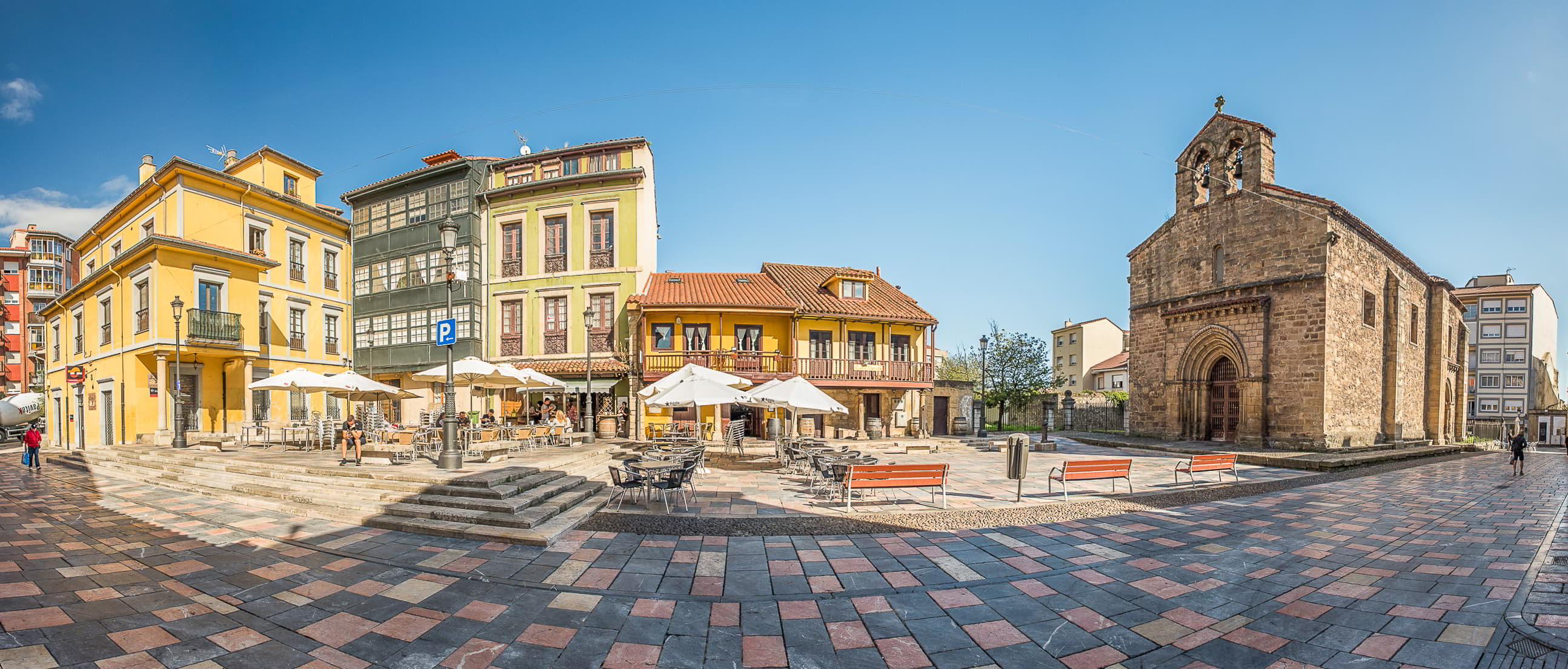
The 10 most interesting things to see and do in Avilés
Avilés carefully preserves its historical legacy and today it is a modern city, both fluvial and maritime, with captivating traditions, atmosphere, and a Historic Center.
How pleasant it is to set sail for Avilés whether by sea, land or air! This city, one of the vertexes of the urban triangle of Asturias, together with Oviedo/Uviéu and Gijón/Xixón, is a seafaring city par excellence, which makes it very easy to reach by sea. By land, it has excellent communications. And by air, it is the closest to the Asturian airport.
In the middle of the Middle Ages, when King Alfonso VI granted it the Charter that gave it the status of Villa de Realengo, the destiny of Avilés was sealed forever. Centuries of splendour awaited it then, whose testimony has been carved in stone in its streets and squares, in its walls, in its historical layout, in its palaces and emblazoned houses, in its parks, in its statues, in its fountains, in its convents and churches, in the ground we walk on when we wander through the history and life of a town with a fascinating past and a welcoming present.
So in Avilés, as if it were a fable or a fantastic tale, the stones speak to you and tell you incredible episodes: stories of nobles and noblemen, of a town of merchants who turned to their markets, of a town of sailors and fishermen, of a bourgeoisie that emerged with strength, or of a steel industry that was unique in the world.
Today's Avilés has carefully preserved this heritage and proudly displays it in a modern city, where strolling around is a pleasant discovery: museums that catch your attention, cider houses, streets that are atmospheric at vermouth or wine time, kitchens that exude aromas of the sea and imaginative recipes, confectioners whose sweets taste like glory and combine tradition with innovative creations. In short, you will enjoy a city that surprises you when you least expect it?
Top 10 things to see and do in Avilés
A unique historic centre, perfect for strolling through
One of the most striking places in Avilés is its historic quarter. When you take a leisurely stroll through it, you will notice that everything is stone by stone since it was built. There are hardly any reconstructions or recreations to be seen, and the fact is that the old Avilés has withstood the centuries and the vicissitudes of history like no other place in Asturias.
All you have to do is close your eyes for a moment and let yourself be carried away by the surrounding atmosphere to feel as if you were in the Middle Ages or at the beginning of the Golden Age.
Avilés still conserves one of the most striking historic centres in northern Spain. It is not only the age of its buildings that stand out, but also the authenticity of its streets, many of which are arcaded, like cloisters that give shape to the heart of the city, and which make this town the largest arcaded space in the whole of Asturias.
The epicentre of Avilés is in the Town Hall square and from there its most characteristic streets start out as if at a sort of eternal crossroads in a city that has always had a cosmopolitan vocation.
Street names such as Galiana, Rivero, La Ferrería, Bances Candamo, La Cámara, La Fruta, San Bernardo or La Estación will remain engraved in your travelling memory as you walk through historic Avilés, where you will see emblematic places such as the Valdecarzana palace, the Romanesque church of the Franciscan Fathers, the Old Church of Sabugo and the Church of San Nicolás de Bari (both from the 13th century), the Market Square, the Palace of Ferrera (today converted into a hotel), the Fountain of Caños de San Francisco, the Ferrera Park or the Carbayedo Square, among many others...

Following in the footsteps of Pedro Menéndez de Avilés
On your journey through Aviles, you will wonder why the city has the surname of Villa del Adelantado. To find out, you will have to go back five hundred years and step into the shoes of a fascinating character: Pedro Menéndez de Avilés, known as the Adelantado of Florida, for having kept Florida as part of the Kingdom of Spain, and for having founded the first city in the United States.
It is really nice and easy to follow his trail through the city. Tradition has it that his birthplace is in the Plaza de Camposagrado, nowadays very lively with the students of the School of Design and always guarded by the figure of the painter Juan Carreño Miranda, whose sculpture presides over the square.
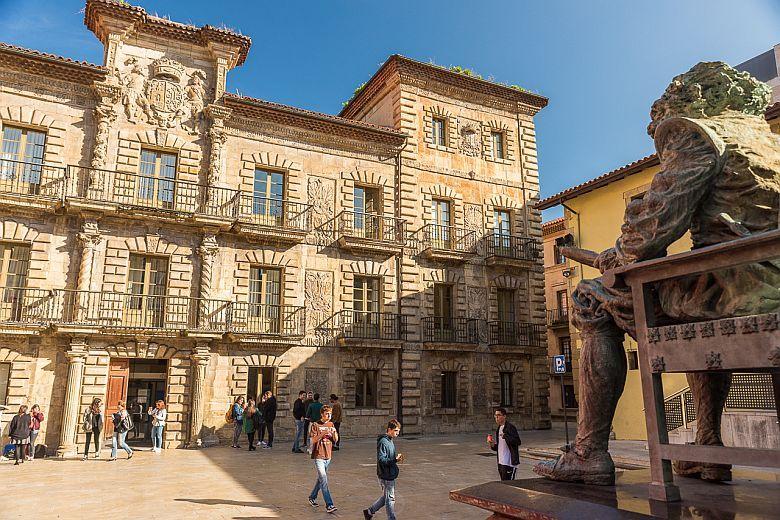
If you want to get an idea of what this sailor, who soon left Avilés to become a true master of the ocean, looked like, you can go to the Parque del Muelle and see the monument dedicated to him by the city.
And you can finish off the itinerary of the Adelantado de la Florida in the beautiful Romanesque church of San Antonio de Padua (also known as the church of the Franciscan Fathers), where his remains lie, and where the Museum of the Urban History of Avilés is also located.
Sabugo: a neighbourhood to immerse yourself in the Middle Ages
That Avilés is a city that was born and has lived looking at the sea, knowing and loving it is still more than evident today, and a place where this seafaring tradition is especially noticeable is Sabugo, which was the fishermen's quarter from the Middle Ages until the 20th century.
The Plaza del Carbayo and the old church of Sabugo are the symbolic emblems and the heart of a historic neighbourhood that still conserves the flavour, the roots and the value that saw its birth.
Sabugo was a neighbourhood outside the walls in medieval times, and it took a long time for it to be integrated into the city, but curiously enough, today it is the area of the historic quarter that the people of Avila enjoy most in their daily lives. And also, of course, the outsiders. Because everything in Sabugo denotes its cosmopolitan vocation, from its medieval church, to the Mesa de Mareantes, located next to the apse, where the fishermen's guild met to make strategic decisions about their Cantabrian incursions, and where Pedro Menéndez recruited sailors for his transoceanic expeditions.
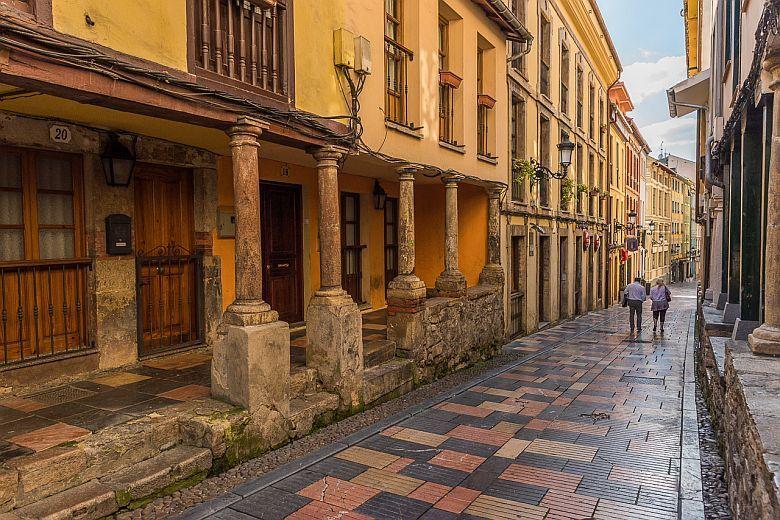
Pleasant terraces, charming restaurants, brightly coloured houses, arcaded streets such as the well-known Bances Candamo - which incidentally bears the name of a prominent 17th century playwright from Aviles -, quiet and friendly people wandering around from early in the morning... In short, echoes of a powerful seafaring past that today is reflected in the activity of the modern fish market - one of the most important in the north of the peninsula.
A real city of the Arts worth visiting
During your stay in Aviles, you will realise that this town is a true city of the arts. Art permeates everything. It is in the streets. But not only in its architecture. In every corner, on every street corner, or in every square you will discover a design school, a school of arts and crafts, the music conservatory, the legendary Palacio Valdés theatre, or a museum as interesting and different as the Museum of the Urban History of Avilés...
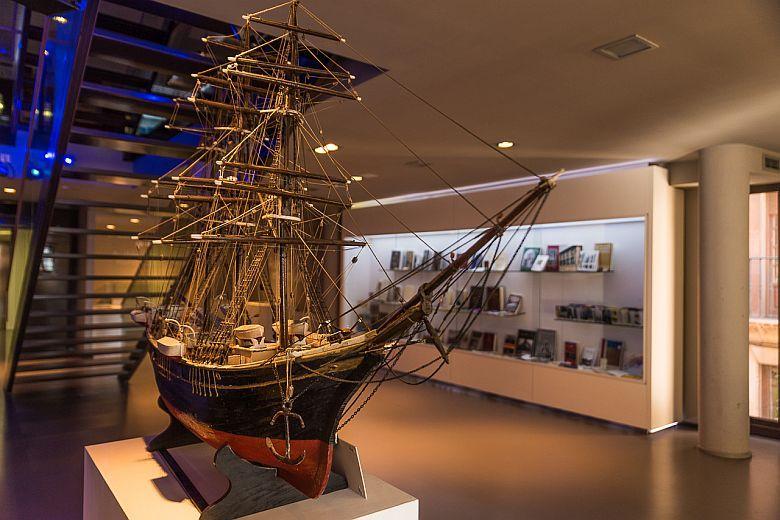
Culture is the backbone of the Villa del Adelantado. So you can easily enjoy a show at the Palacio Valdés - one of the theatres with the best acoustics in Spain -, see an exhibition, or listen to the chords of the students of the "Julián Orbón" Music Conservatory in their classes and rehearsals...
In addition, the Conservatorio de Música de Avilés, a spectacular building, known as the Palacio de Balsera, precisely because it was built at the beginning of the 20th century by Victoriano Fernández Balsera, a native of Avilés. Curiously, over time, this house came to have a ghost: it is said that an English aviator from the First World War who, through various vicissitudes arrived in Avilés, appears from time to time in the Conservatory... Without doubt further proof that the city is profoundly cosmopolitan and intercultural!
Be seduced by the Jacobean revolution
One of the cultural revolutions that Avilés has experienced in recent years is the Jacobean revolution. The increase in the flow of pilgrims who make the Camino de la Costa is increasingly evident in the city, and it is a real pleasure to cross paths with the pilgrims to Santiago along the street of La Ferrería, in the Plaza del Ayuntamiento, along the street of La Cámara or along Rivero, at the same time as you contemplate how the restaurants are adorned, gastronomically speaking, with the pilgrim's menus.
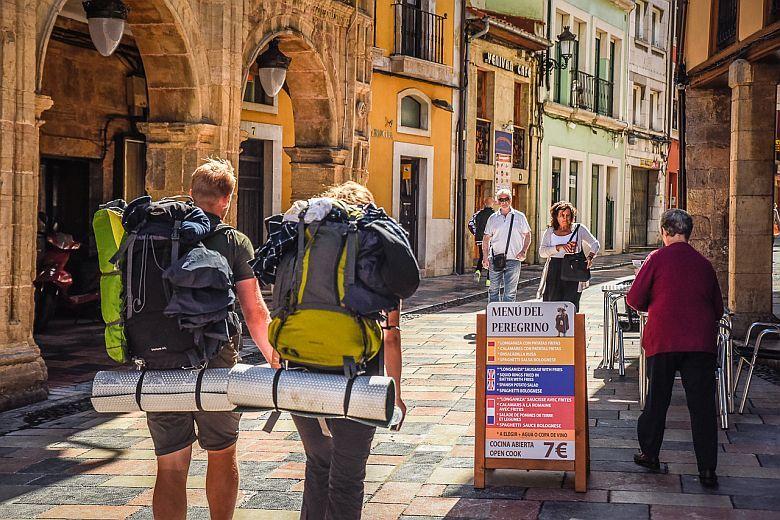
If you have time and desire it is worth visiting the pilgrims' hostel "Pedro Solís", which takes its name from the clergyman who in the 16th century was the founder of the hospital and pilgrims' hostel of this illustrious town. In addition, at the same entrance you will find an old cross that will bring you reminiscences of what the Camino was like centuries ago...
Niemeyer Centre: an avant-garde touch at the water's edge that will delight you
The avant-garde touch in Avilés has been provided for almost a decade now by the Centro Niemeyer. Located on the most industrial bank of the estuary, its sweet shapes and its immaculate white are the counterpoint to what used to be the Avilés of iron and steel.
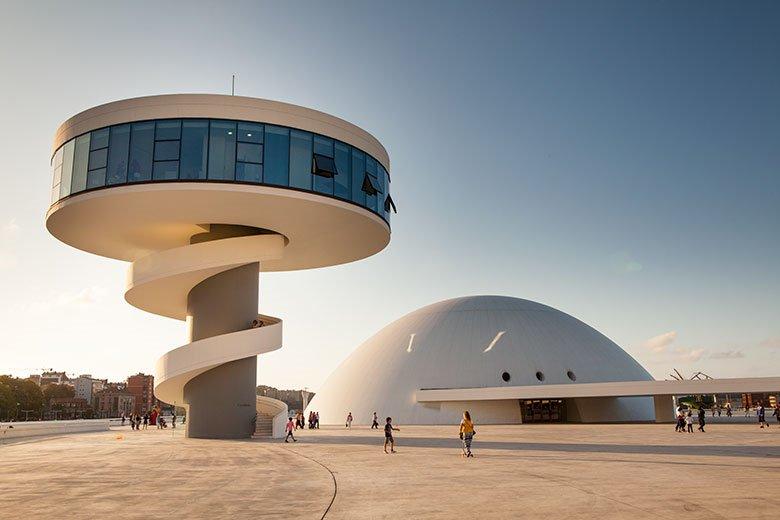
The Niemeyer has an intense and interesting cultural activity all year round and has also created a space for locals and foreigners to relax. For this reason, it is increasingly common to see the image of those who stroll peacefully with their pets, or have fun playing sports, or take the opportunity to chat...
Undoubtedly, the Niemeyer has put the other side of the Avilés estuary on the map of leisure and culture, and is already a place of worship and a must-see in the city.
An estuary that gives you life
Avilés is the only Asturian city with a natural estuary, which gives it a fluvial, maritime, cosmopolitan and commercial feel at the same time, and the result of this cocktail is a city with a great personality, with a spectacular estuary that is increasingly recovering the life of yesteryear and giving more and more life to the town.
When you take a stroll along the banks of the estuary, you can enjoy a riverside promenade that offers breathtaking views of the estuary and its two banks, each one more lively than the other.
The sight of the large marina, together with the flight of migratory birds, which once again stop off in Avilés, and all of this, with the sun's rays, make for an idyllic and comforting scene.
The sweetest villa for your palate
The sweets of Avilés have a well-deserved reputation. Since time immemorial, and partly thanks to its seafaring tradition, the city has had its own sweets, including the marañuelas de Avilés, designed so that sailors could eat them during their days and nights at sea.
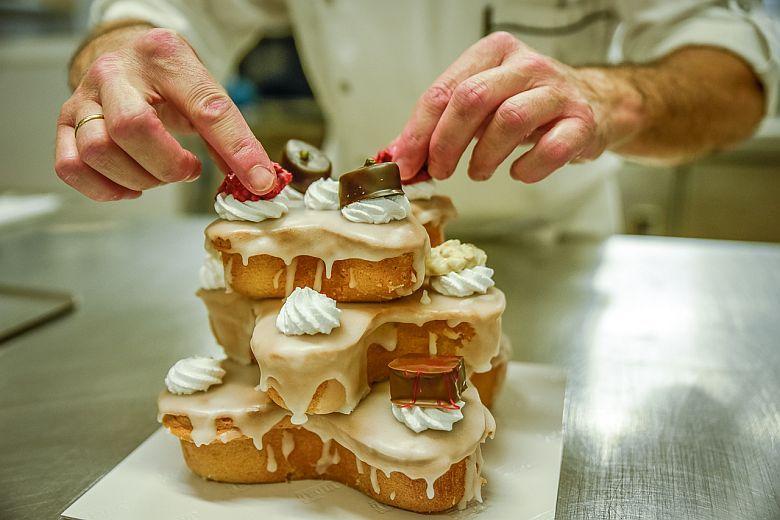
Also very traditional is the Bollo, also known as Mantecado de Avilés, and heir to an ancient seafood bread made with icing sugar for preservation. And it turns out that when the Bollo Festival was created - as a twinning between the neighbourhoods of Sabugo and Rivero - this bread became the symbol of a festival that today is one of the most genuine and original in Asturias, with a meal in the street every Easter Monday, which brings together thousands and thousands of people.
Thus, Avilés is a sweet town par excellence, where confectionery plays an important role.
A clear exponent of this Avilés vocation for sweet creations, both traditional and innovative, is Emilio Vidal, whose trade runs in his family, and whose workshop produces true marvels of confectionery. Vidal has been, for example, the creator of the "Avilés cones", a cake that is a tribute to the famous sculpture called Avilés, which is located in the middle of the river promenade.
And don't miss the savoury in Avilés!
And if sweet dishes are very typical of the city, savoury flavours are a must on a gastronomic itinerary through Avilés.
Good seafood cuisine, with the best fish and shellfish from the Bay of Biscay, has one of its most prized settings in Avilés.
But the Villa del Adelantado and its numerous cider bars, restaurants and gastrobars also boast a unique sausage - such as Avilés sausage -, cheeses from the region - such as the famous La Peral de Illas -, or mushroom cuisine, which is seasoned with great finesse and skill in the Avilés kitchens.
And all washed down with the best cider, or with the most select and innovative wines... To the taste of the consumer!
Galiana: a mythical street that will be unforgettable for you
Many streets will remain in your memory in Avilés, but among them all there is one of universal fame. That is Galiana. Giving shape and ancestry to the historic centre of the town, Galiana is well known for the famous descent that takes place on the big day of the antroxu (carnival) of Avilés.
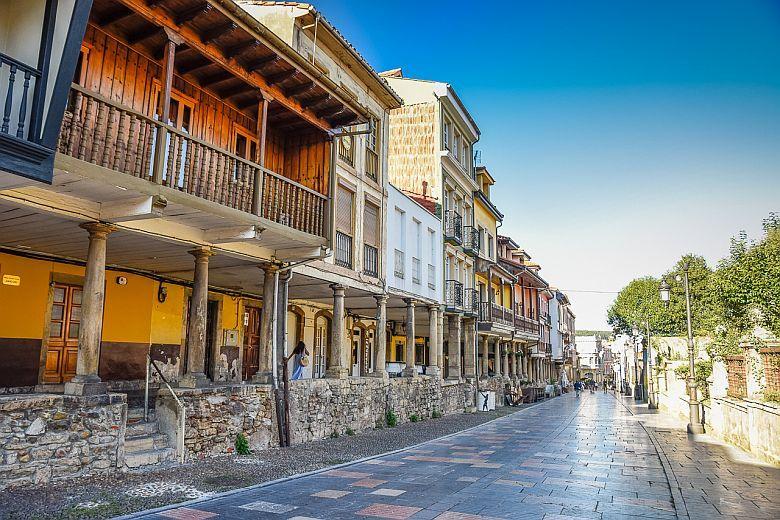
But it's not just foam and fancy dress that colours Galiana... Throughout the year it is one of the most atmospheric streets in the town, at all hours: at vermouth time, at wine time... And you'll see people lining its arcades or in the street, chatting happily, aware that they are living in one of the most pleasant towns in the Cantabrian Sea.
And if you want accommodation you can easily get it in our section of Online booking!
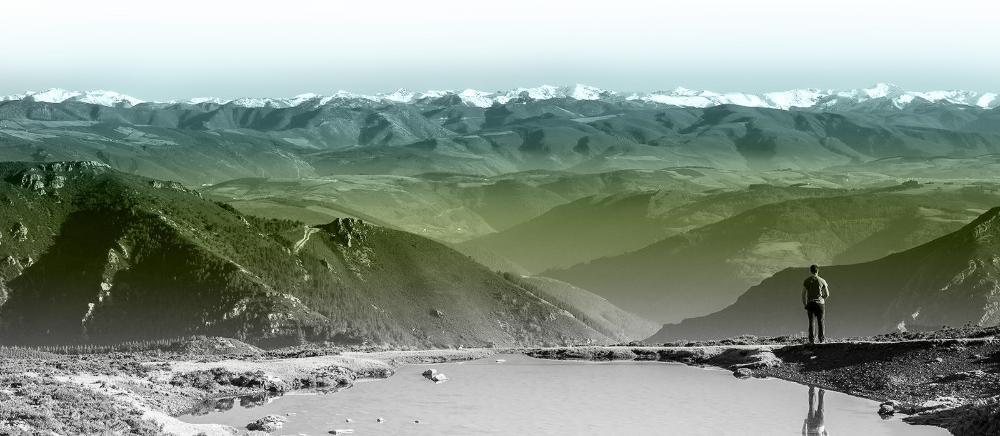
Subscribe to our newsletter and take advantage of offers, discounts, and news
Subscribe

